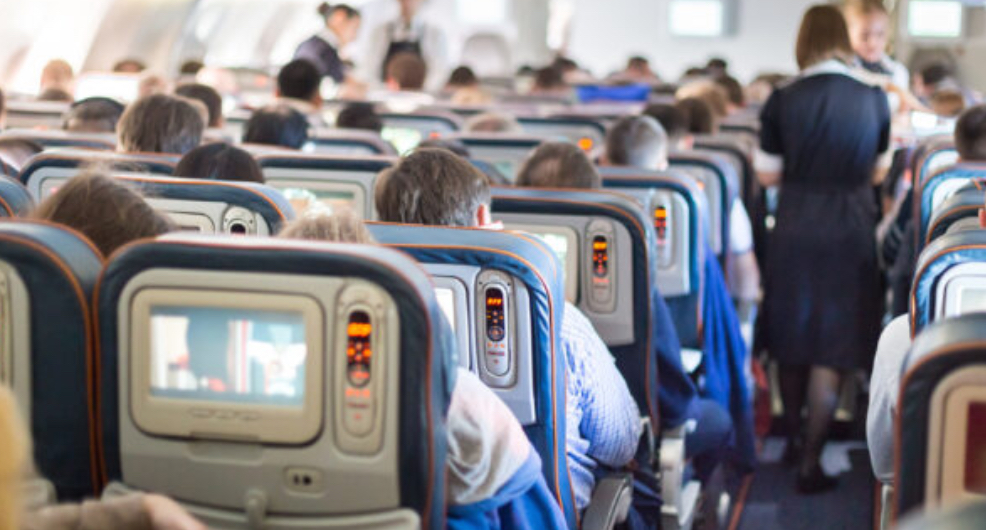If you’ve ever traveled on a commercial flight, you might have noticed something intriguing: flight attendants sitting on their hands during takeoff and landing. While it may appear to be an odd behavior, it’s actually a safety measure aimed at protecting both the crew and passengers.
Flight attendants do far more than just serve snacks and ensure comfort; they are trained safety experts responsible for handling in-flight emergencies and safeguarding everyone on board.
Among the various protocols they adhere to, one that catches the attention of many passengers is the bracing position they take during takeoff and landing.
Henny Lim, a flight attendant with Cebu Pacific, a Philippine airline, recently gained attention on TikTok by explaining this lesser-known safety procedure.
In her video, she poses the question: “Have you ever wondered why cabin crew sit like this during takeoff and landing?” The clip begins with her demonstrating the “bracing position” in her jump seat.
During the critical phases of a flight—takeoff and landing—the likelihood of an incident increases, and if an evacuation is required, this bracing position enables cabin crew to respond swiftly.
“This position requires fastening seatbelts securely, sitting upright, placing hands on their thighs—arms up, thumbs tucked, and arms relaxed, with feet flat on the floor,” the voiceover elaborates in the clip, which has recently resurfaced since its original posting in 2022.
Hands tucked away.
In the video, Henny and a fellow cabin crew member show how they secure themselves in their jump seats by tucking their hands beneath their thighs. This technique helps keep their arms and hands stable and secure, minimizing any unintended movements that might occur due to turbulence, hard landings, or sudden jolts, which could hinder their reaction time.
“The goal is to maintain a rigid body position so that in the event of an unexpected emergency, the body sustains less damage… This approach limits body movement, reducing the risk of injury during an impact.”
“During this period, your flight attendants will also conduct a ‘silent review,’ which equips them for emergency scenarios during every take-off and landing.”
Before the video concludes, viewers hear, “…Wishing everyone a safe flight.”
‘Not regulation’
In an interview with Reader’s Digest, an experienced flight attendant shared that the practice of sitting on one’s hands is more about individual choice than any official rule.
It’s essential to position our hands correctly as part of the brace position, and if you prefer, you can sit on your hands. According to Erin Thomas, a flight attendant with over 15 years of experience, the key rule is that you shouldn’t hold onto the harness. “The brace position is what really matters,” she explained.
